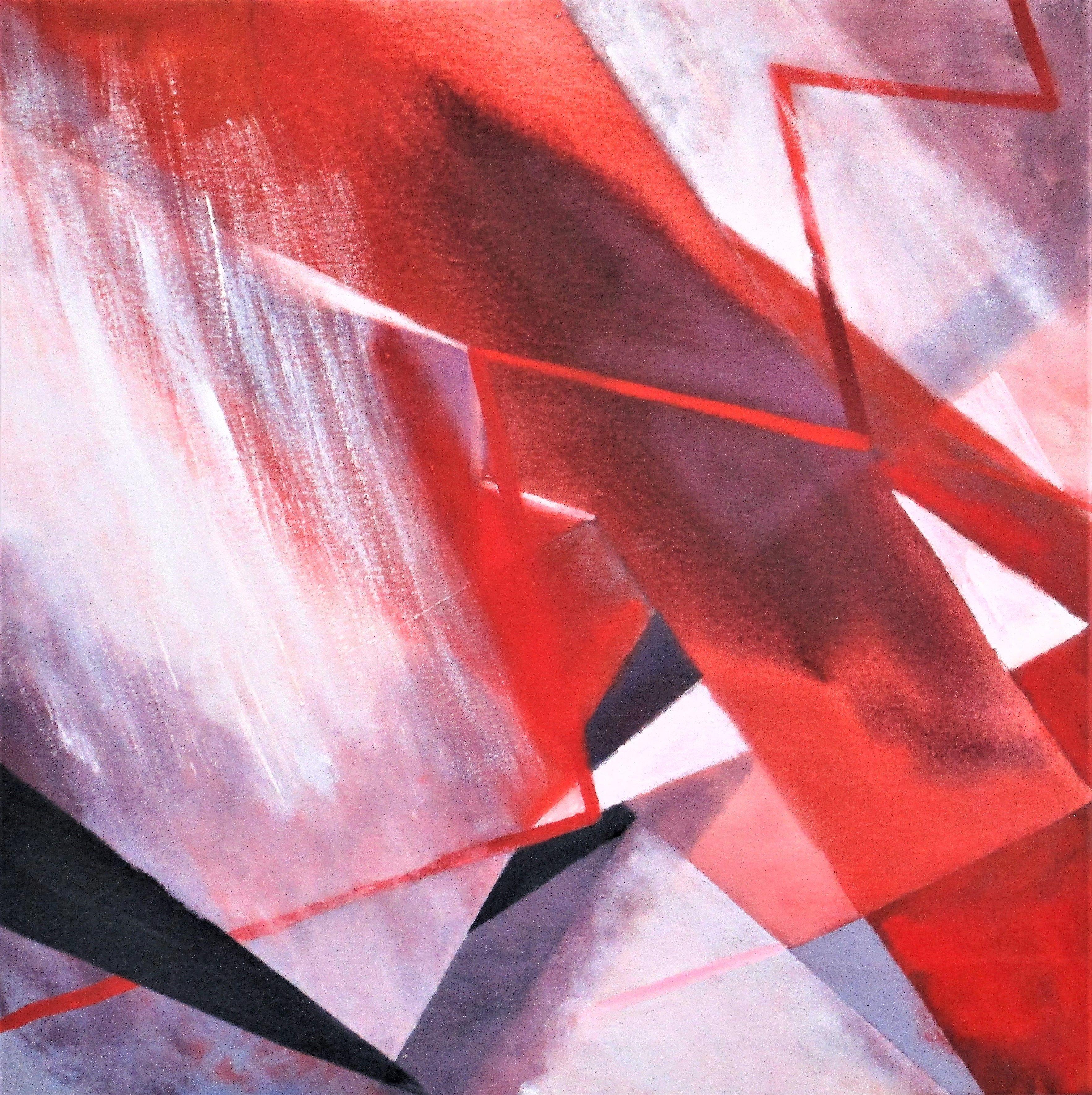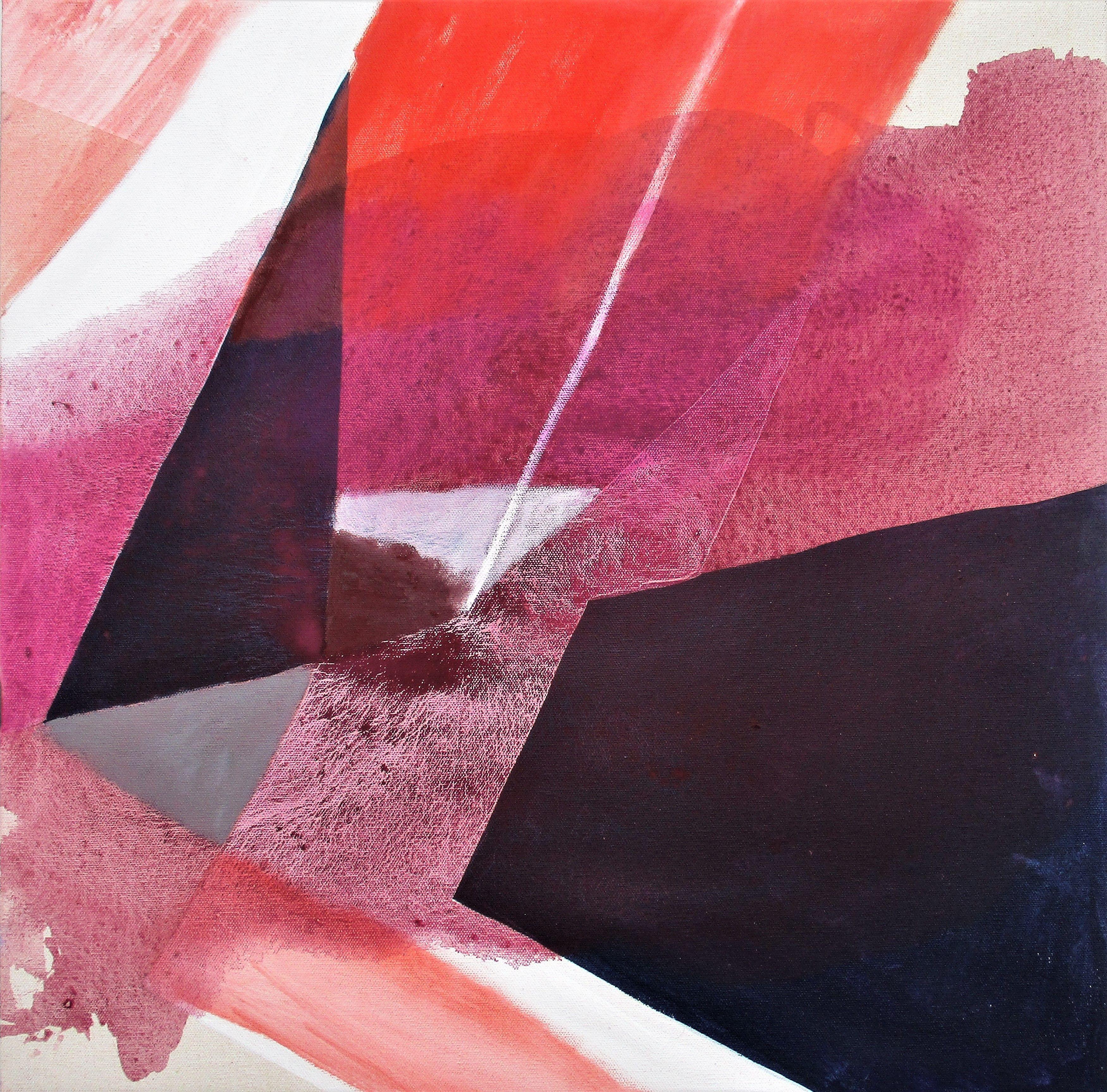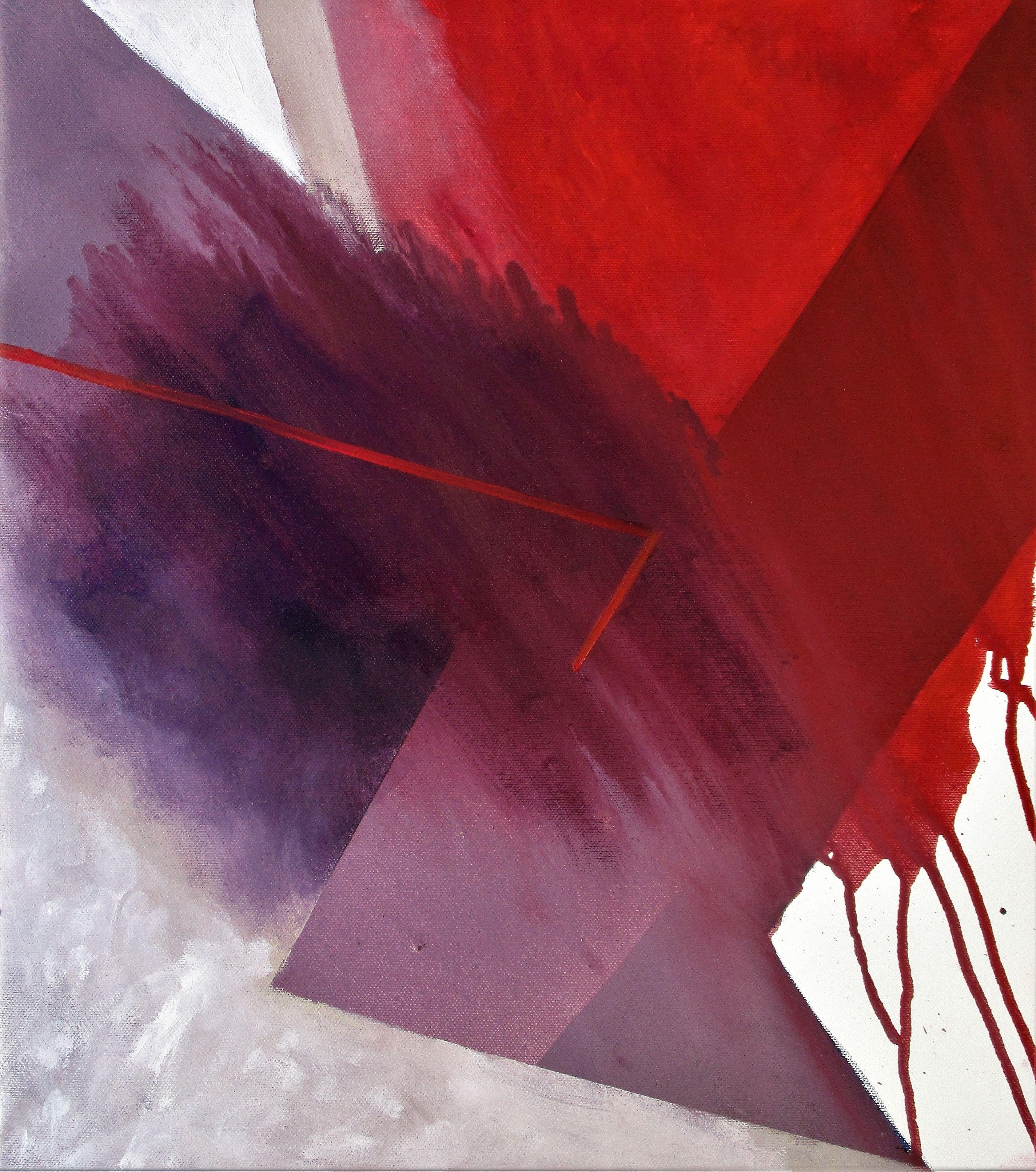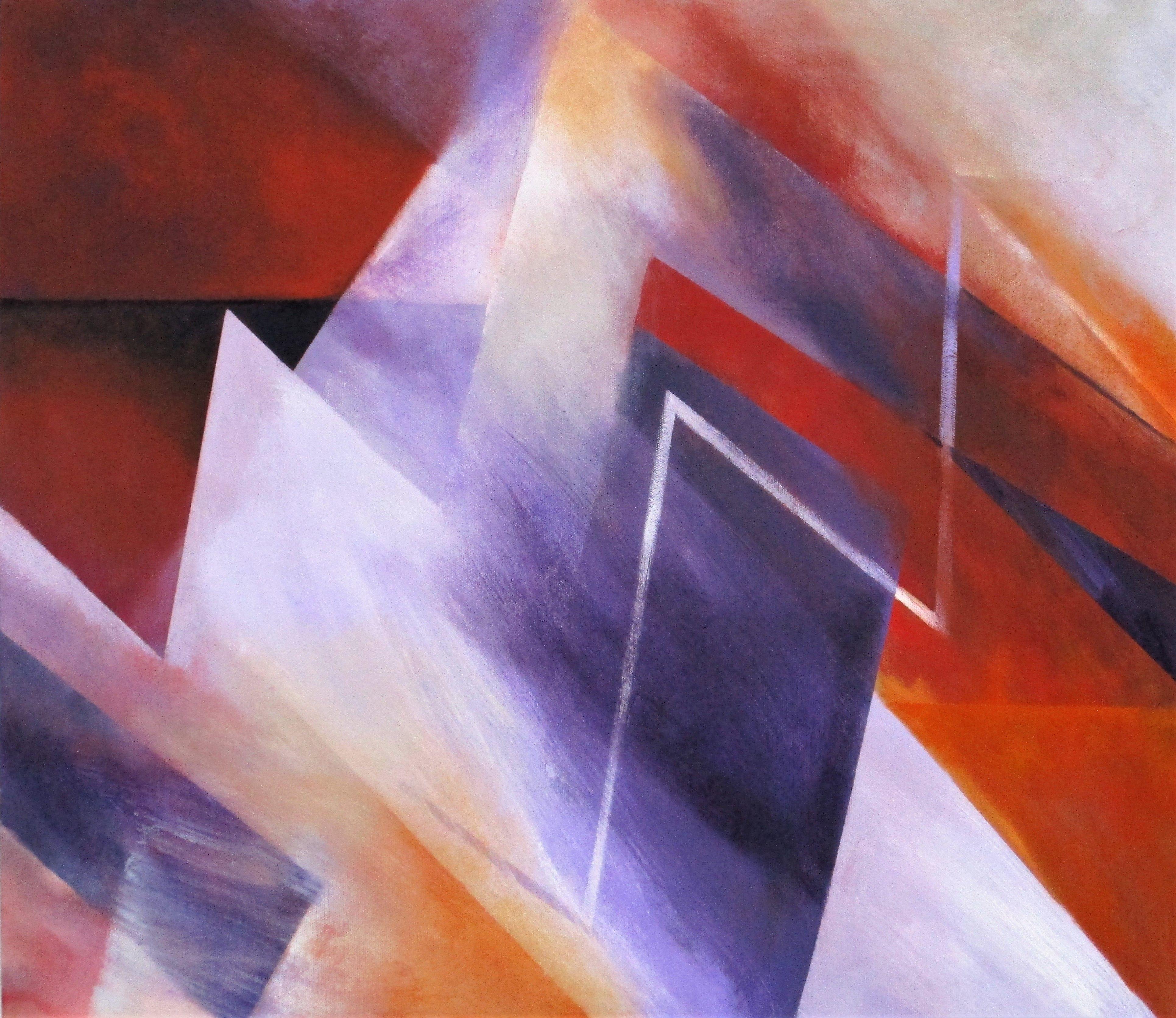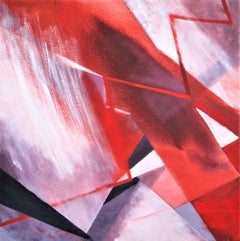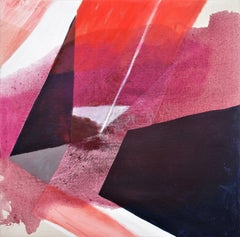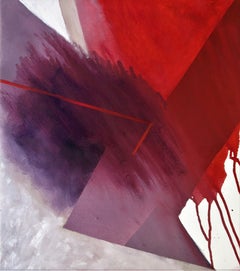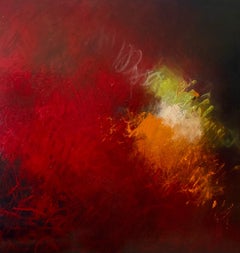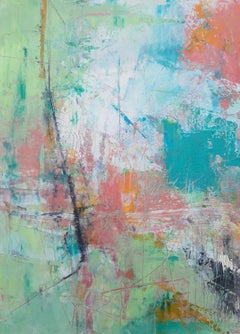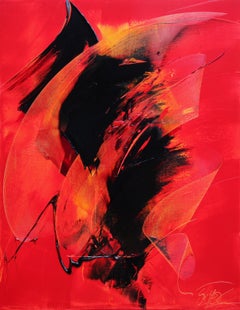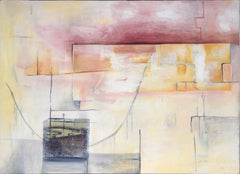Items Similar to In a Heated Moment, Painting, Oil on Canvas
Want more images or videos?
Request additional images or videos from the seller
1 of 7
Lee PanizzaIn a Heated Moment, Painting, Oil on Canvas2018
2018
$3,836
£2,909.36
€3,341.52
CA$5,495.60
A$6,050.25
CHF 3,092.30
MX$72,211.38
NOK 39,371.53
SEK 36,842.98
DKK 24,959.19
About the Item
A passionate pendulum swing, capturing an instant of time. Nothing is ever quite black or quite white. Red is for danger, but also for excitement. :: Painting :: Abstract :: This piece comes with an official certificate of authenticity signed by the artist :: Ready to Hang: Yes :: Signed: Yes :: Signature Location: on back :: Canvas :: Landscape :: Original :: Framed: No
- Creator:Lee Panizza (British)
- Creation Year:2018
- Dimensions:Height: 30.1 in (76.46 cm)Width: 35.4 in (89.92 cm)Depth: 1 in (2.54 cm)
- Medium:
- Movement & Style:
- Period:
- Condition:
- Gallery Location:Yardley, PA
- Reference Number:Seller: 875621stDibs: LU80213547331
About the Seller
5.0
Gold Seller
Premium sellers maintaining a 4.3+ rating and 24-hour response times
Established in 2009
1stDibs seller since 2017
1,553 sales on 1stDibs
Typical response time: 2 hours
- ShippingRetrieving quote...Shipping from: Liskeard, United Kingdom
- Return Policy
Authenticity Guarantee
In the unlikely event there’s an issue with an item’s authenticity, contact us within 1 year for a full refund. DetailsMoney-Back Guarantee
If your item is not as described, is damaged in transit, or does not arrive, contact us within 7 days for a full refund. Details24-Hour Cancellation
You have a 24-hour grace period in which to reconsider your purchase, with no questions asked.Vetted Professional Sellers
Our world-class sellers must adhere to strict standards for service and quality, maintaining the integrity of our listings.Price-Match Guarantee
If you find that a seller listed the same item for a lower price elsewhere, we’ll match it.Trusted Global Delivery
Our best-in-class carrier network provides specialized shipping options worldwide, including custom delivery.More From This Seller
View Alllateral thinking, Painting, Oil on Canvas
By Lee Panizza
Located in Yardley, PA
White light and shadows. Twisting planes forming a new way of seeing. :: Painting :: Abstract :: This piece comes with an official certificate of authenticity signed by the artist :...
Category
2010s Abstract Abstract Paintings
Materials
Oil
Pulse, Painting, Oil on Canvas
By Lee Panizza
Located in Yardley, PA
The colour red is heavy with symbolism. This light, airy, throbbing study is an exercise in the complex balance of solidity with fluidity. DETAILS: Ready to hang, framing is n...
Category
2010s Abstract Abstract Paintings
Materials
Oil
Looking Back, Painting, Oil on Canvas
By Lee Panizza
Located in Yardley, PA
A chevron sign juxtaposed with the colours of a blazing sunset. A fast rewind. A moody geometry. :: Painting :: Abstract :: This piece comes with an off...
Category
2010s Abstract Abstract Paintings
Materials
Oil
Vital Signs, Painting, Oil on Canvas
By Lee Panizza
Located in Yardley, PA
Inspired by the idea of juxtaposing biometrics with the everyday geometry of road signs and the elemental significance of the colour red. Note: This work does not necessarily nee...
Category
2010s Abstract Abstract Paintings
Materials
Oil
Drama Queen, Painting, Oil on Canvas
By Lee Panizza
Located in Yardley, PA
A Zig-Zag work, with the requisite highs and lows. This crown effect, with the use of regal purple and intense red reminds me of the Queen of Hearts in Alice in Wonderland: beautif...
Category
2010s Abstract Abstract Paintings
Materials
Oil
An Open Frame of Mind, Painting, Oil on Canvas
By Lee Panizza
Located in Yardley, PA
Shape shifting ambiguity, a fluid form turning a corner. A light beaming from behind. A floodlight. :: Painting :: Abstract :: This piece comes with an official certificate of auth...
Category
2010s Abstract Abstract Paintings
Materials
Oil
You May Also Like
Passion - Contemporary Abstract Painting
Located in Carmel, CA
Beth Shields is a distinguished abstract artist whose work has captivated collectors and audiences worldwide. Based in Santa Cruz, California, Beth has dedicated her life to artistic...
Category
2010s Contemporary Abstract Paintings
Materials
Gesso, Canvas, Wax, Oil
Abstract 2, Abstract Oil Painting
Located in San Francisco, CA
Artist Comments
Layers of colors and gestures define this abstract piece. Soft green, orange, and blue contrast with touches of black. Expressive scratches and marks bring text...
Category
21st Century and Contemporary Abstract Abstract Paintings
Materials
Oil
Striking Contemporary Abstract Oil Painting with Dynamic Movement
By Jean Soyer
Located in Clermont-Ferrand, Auvergne-Rhône-Alpes
This powerful abstract expressionist oil painting on canvas by Jean Soyer is a particularly imposing work, measuring 63.8 inches by 44.9 inches. This striking composition features bo...
Category
21st Century and Contemporary Abstract Abstract Paintings
Materials
Canvas, Oil
"The Way Things Change" Abstract Composition in Oil on Linen
Located in Soquel, CA
"The Way Things Change" Abstract Composition in Oil on Linen
Abstract geometric composition by "Tara" (20th Century). This piece has several rectilinear forms, punctuated by sporadi...
Category
Early 2000s Abstract Expressionist Abstract Paintings
Materials
Linen, Oil
$920 Sale Price
20% Off
Abstract 1, Abstract Oil Painting
Located in San Francisco, CA
Artist Comments
Green, blue, and orange with black accents create a dynamic abstract composition. Scratches and marks add texture and energy. Artist Dorothy Gaziano used oil pa...
Category
21st Century and Contemporary Abstract Abstract Paintings
Materials
Oil
Abstract 3, Abstract Oil Painting
Located in San Francisco, CA
Artist Comments
Lighter shades of green and white contrast with the gray elements in this abstract composition. Scratches around the work provide a light texture. Artist Doroth...
Category
21st Century and Contemporary Abstract Abstract Paintings
Materials
Oil
More Ways To Browse
Oil Painting By Marino
Oil Pastel Paintings Waterscapes
Olaf Karlsen
Olja Ivanjicki
Oscar Reutersvard
Oswaldo Vigas On Sale
Pablo O'Higgins On Sale
Pablo Picasso Bull Series
Paint Reverse Glass Angel
Paintings By Meredith
Particle Board
Patrick Cronin
Paul Darrow
Paul Lambert Notre Dame Painting
Paul Mogensen
Paul Sheppard
Paul Van Lith
Paul Waters
